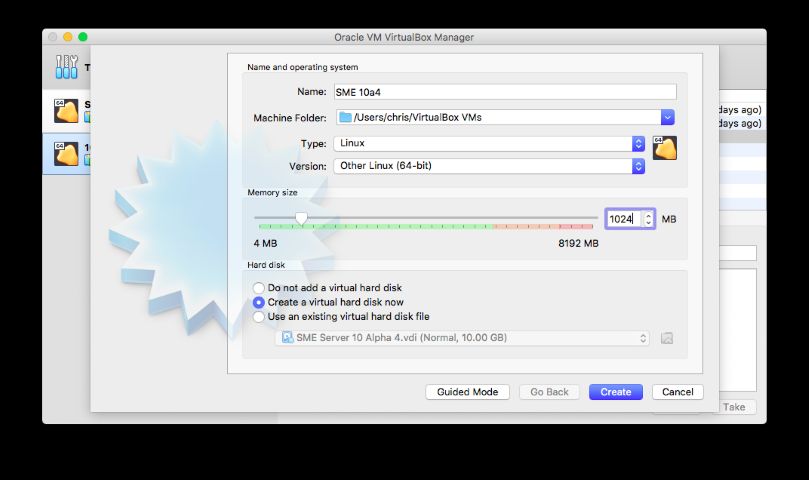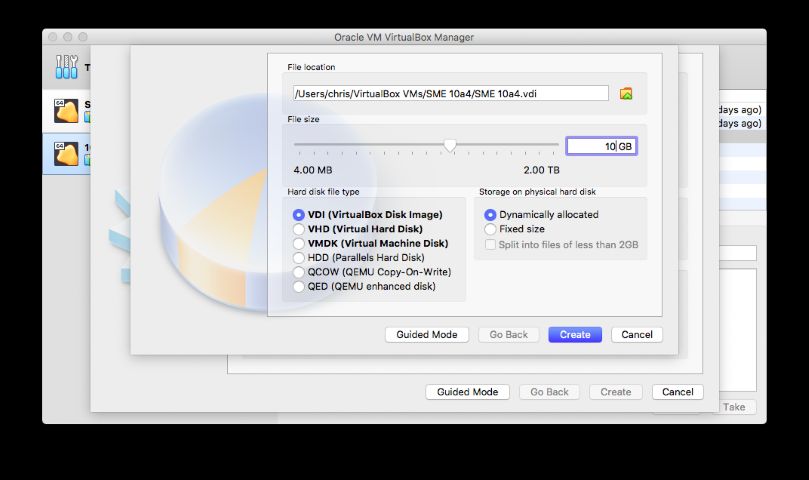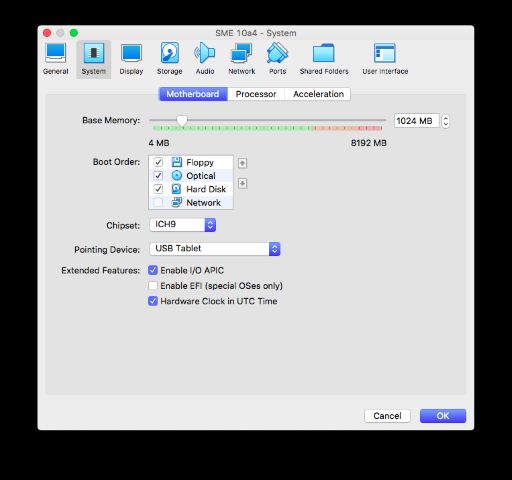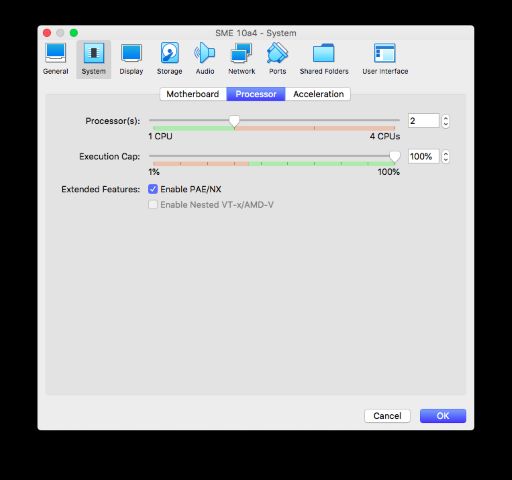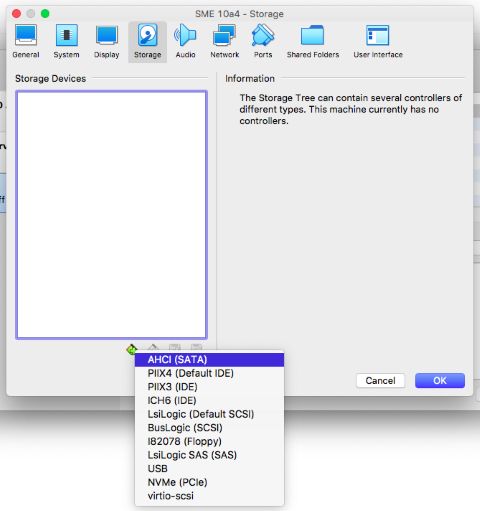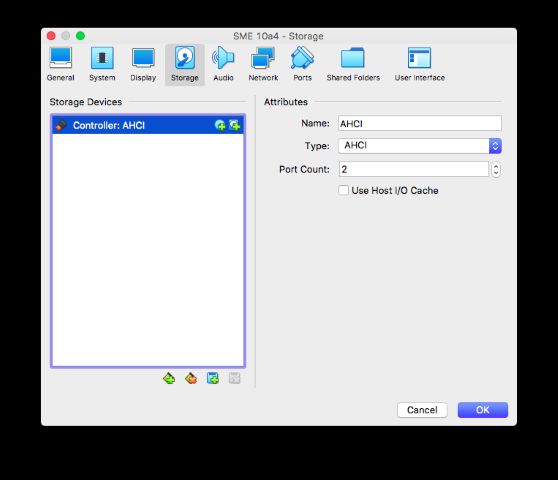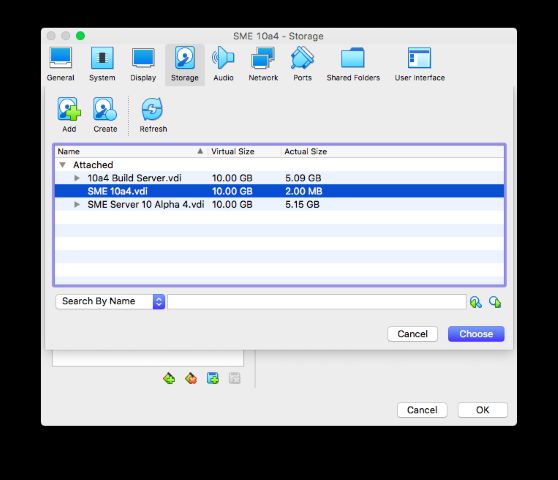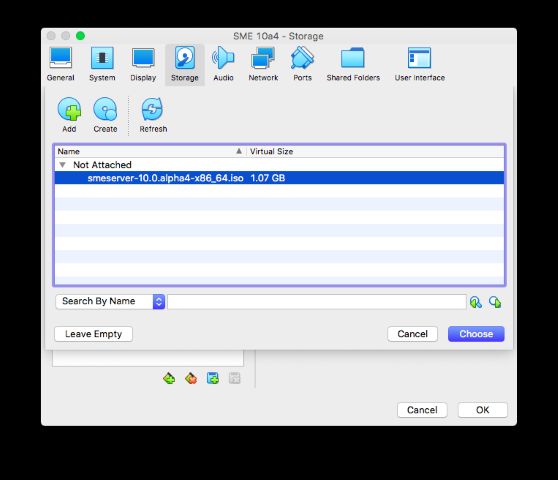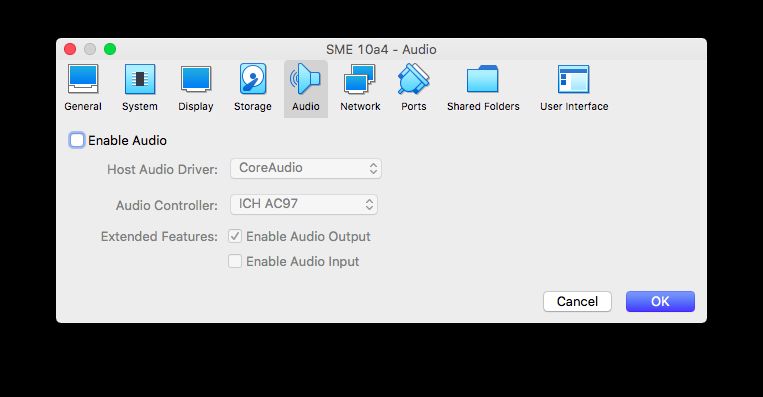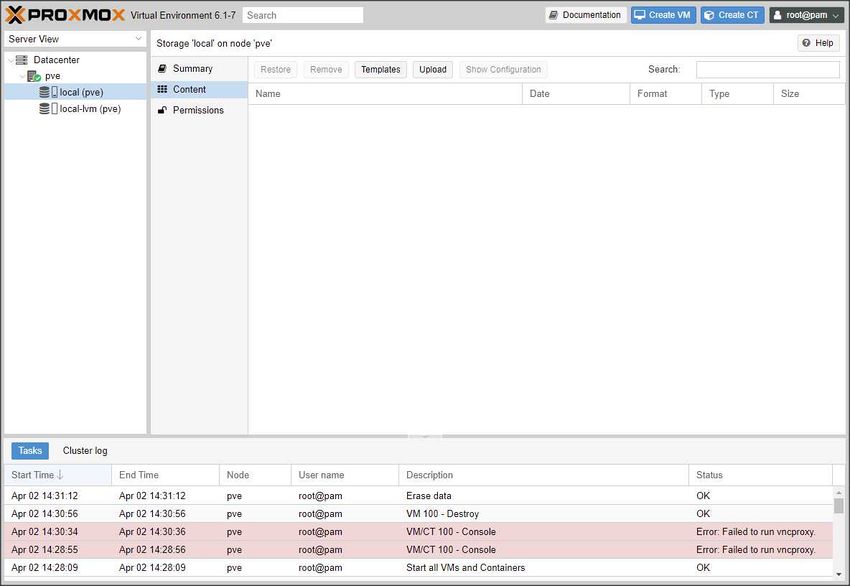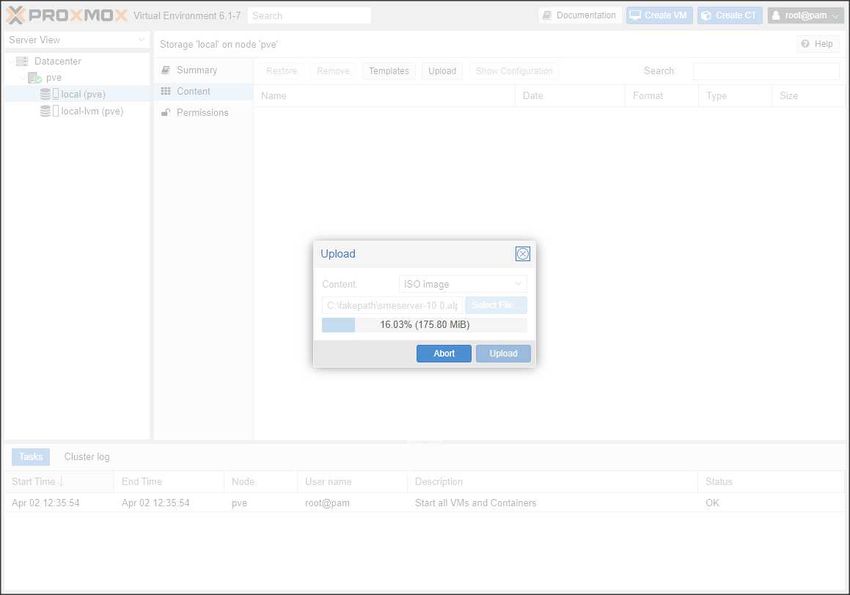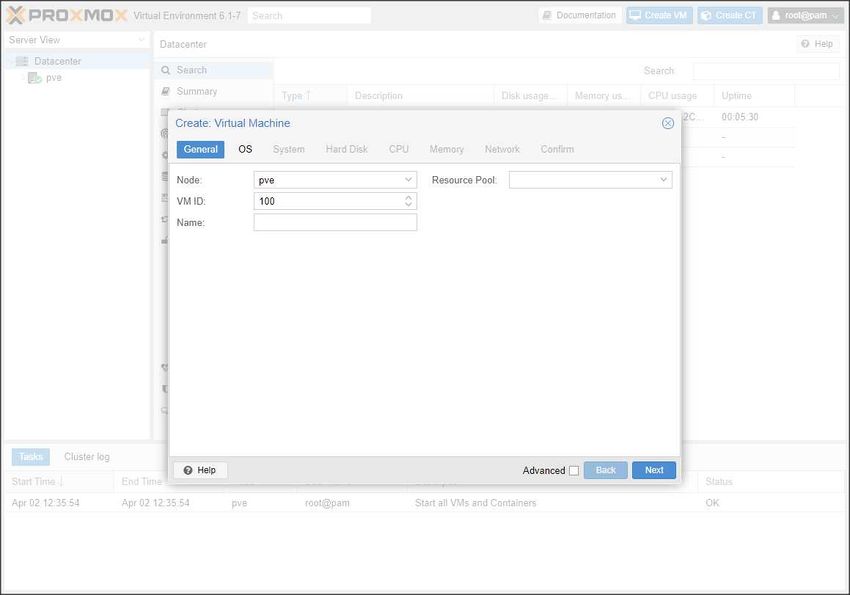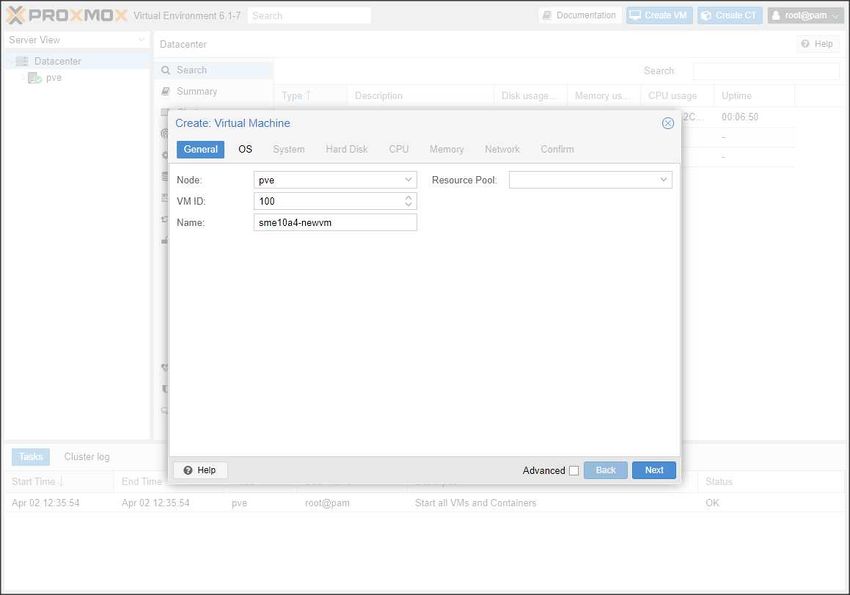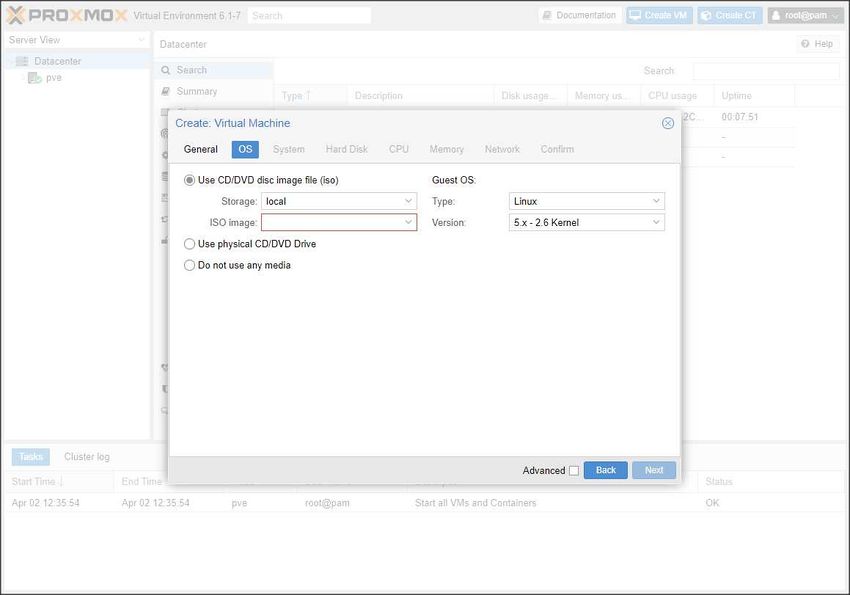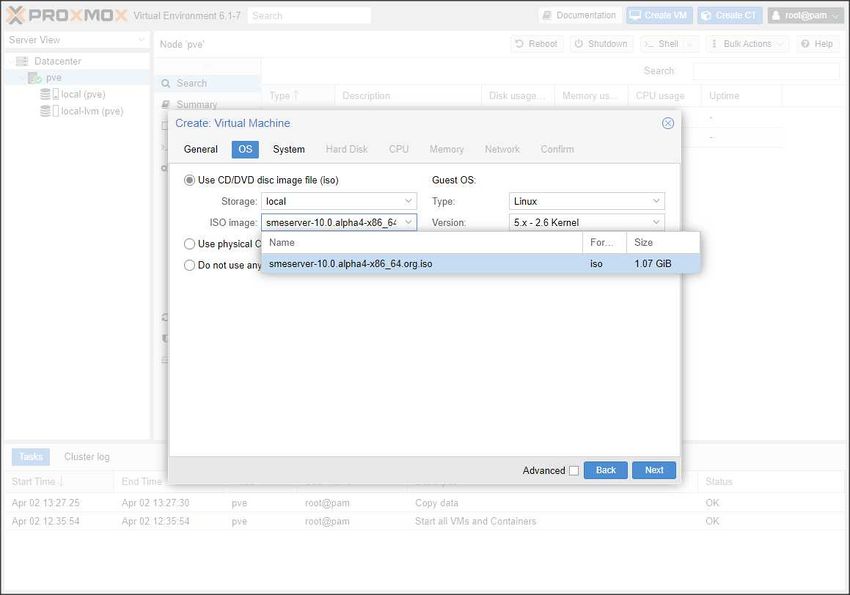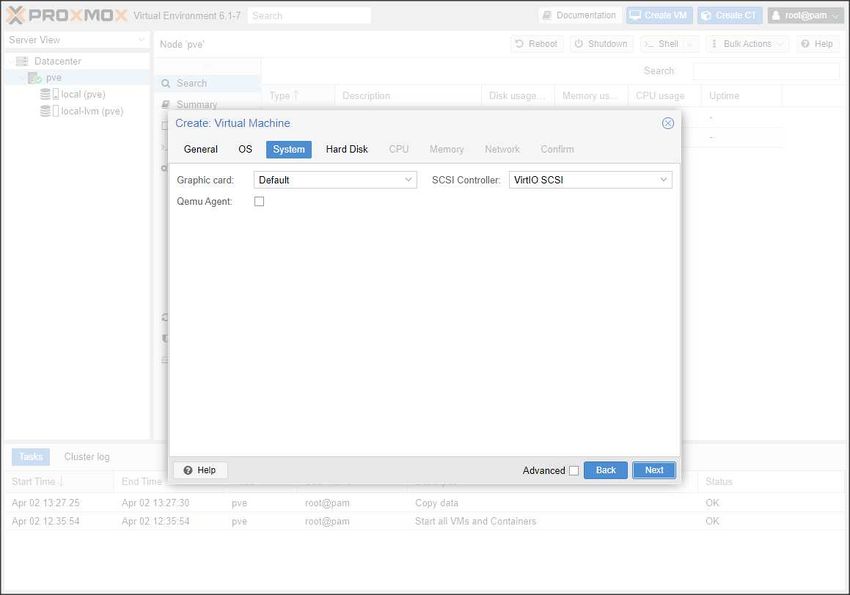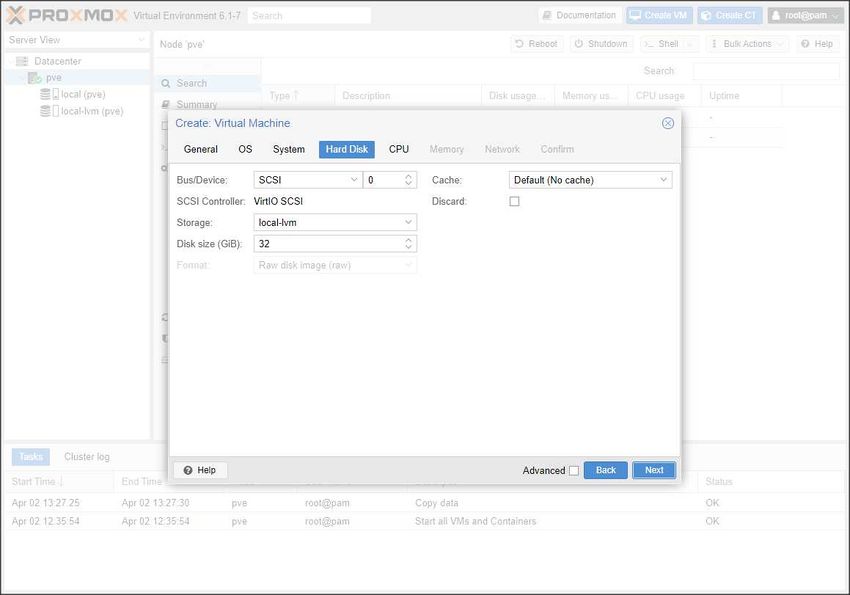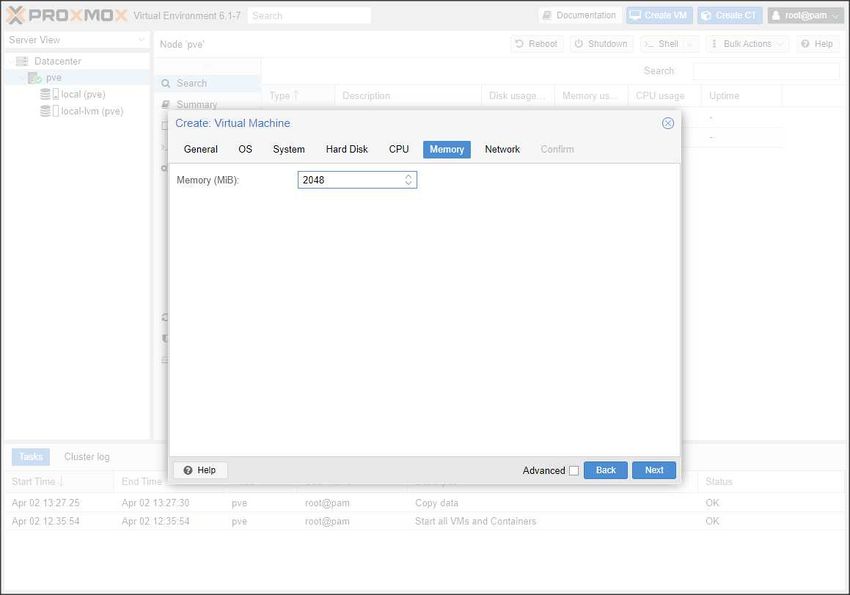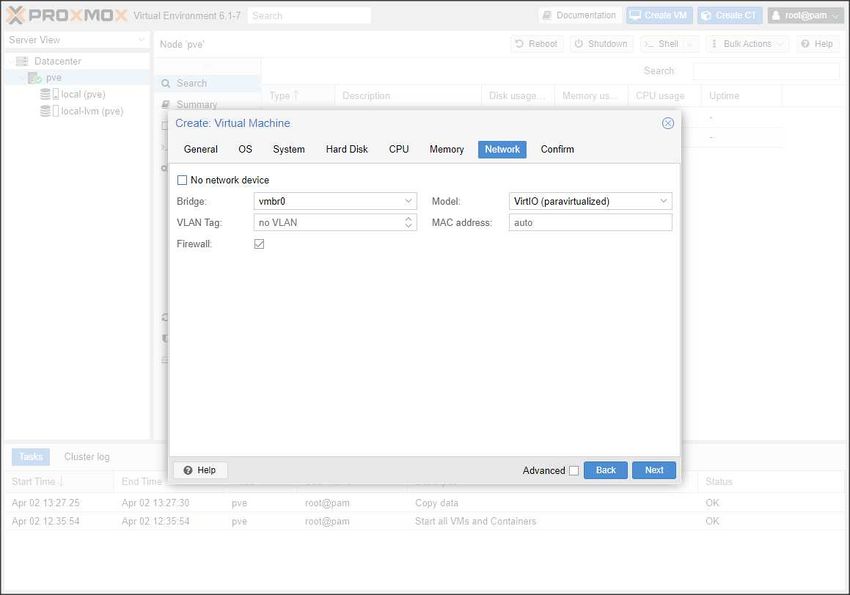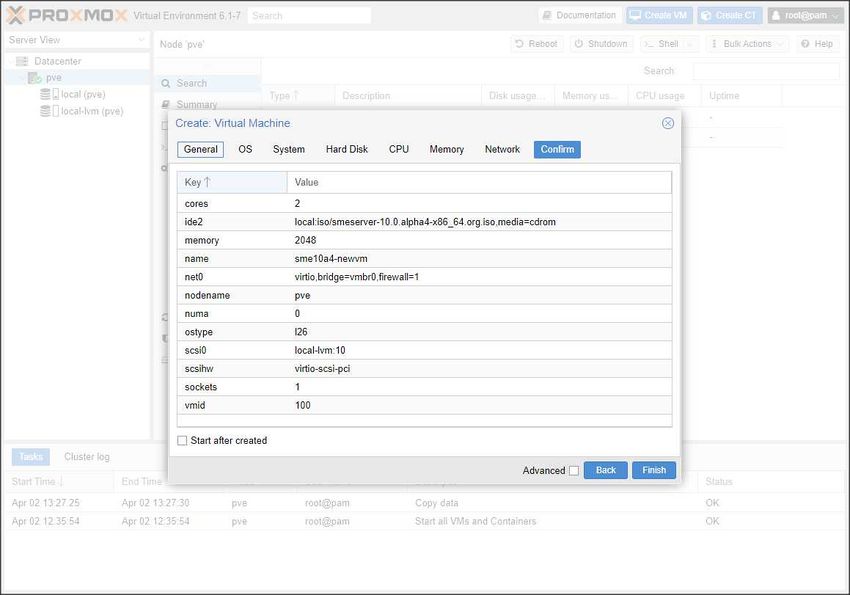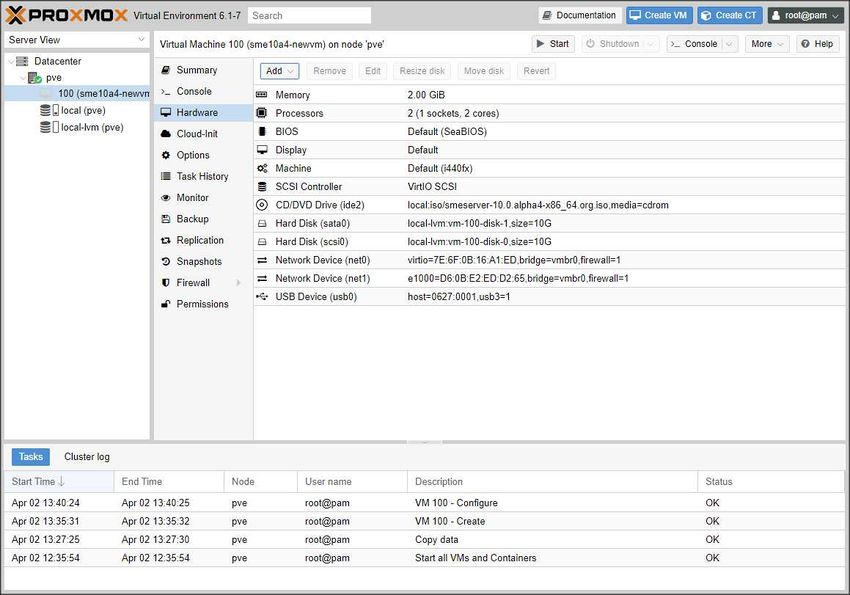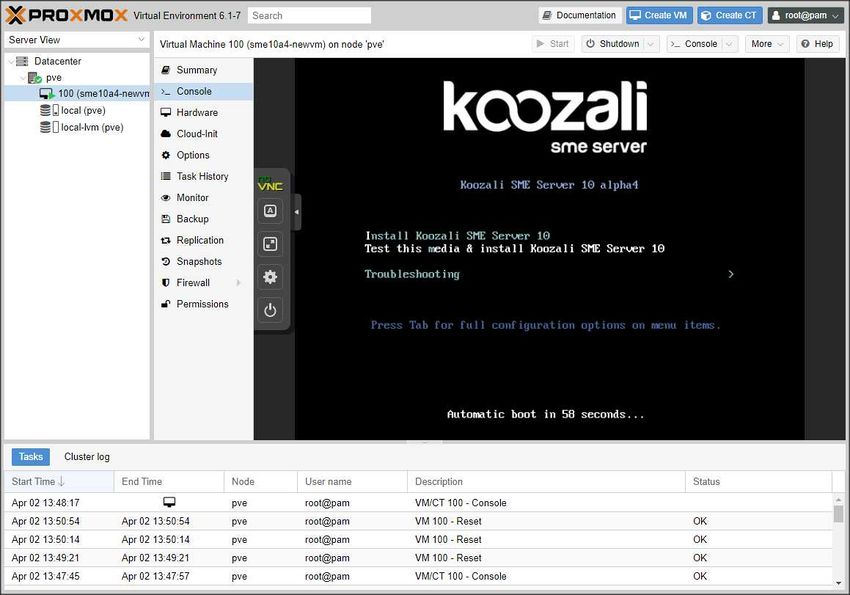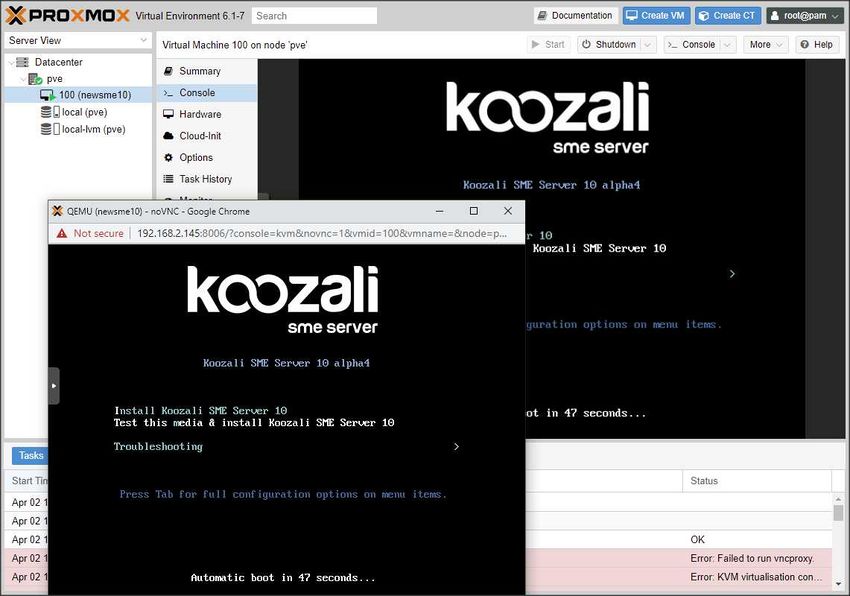Difference between revisions of "Testing Environments/fr"
(Created page with "{{Languages|Testing_Environments}} <big>'''ENVIRONNEMENTS DE TEST'''</big> == Pages wiki d'aide== * [https://wiki.contribs.org/Dashboard#tab=SME_Server_10_Alpha Development D...") |
|||
| Line 5: | Line 5: | ||
* [https://wiki.contribs.org/Dashboard#tab=SME_Server_10_Alpha Development Dashboard] | * [https://wiki.contribs.org/Dashboard#tab=SME_Server_10_Alpha Development Dashboard] | ||
| − | * [https://wiki.contribs.org/SME_Server:Documentation:QA:Verification | + | * [https://wiki.contribs.org/SME_Server:Documentation:QA:Verification/fr ASSURANCE QUALITÉ - Vérification] |
| − | * [https://wiki.contribs.org/SME10.0_QA Koozali SME 10 | + | * [https://wiki.contribs.org/SME10.0_QA/fr Koozali SME 10 ASSURANCE QUALITÉ] |
* [https://wiki.contribs.org/Extrarepositories Extra Repositories] that may be needed for test scenarios | * [https://wiki.contribs.org/Extrarepositories Extra Repositories] that may be needed for test scenarios | ||
* [https://wiki.contribs.org/Simple_Package_Modification Simple Package Modification] | * [https://wiki.contribs.org/Simple_Package_Modification Simple Package Modification] | ||
| + | |||
* [https://wiki.contribs.org/index.php?title=Setting_up_RPM_Building_for_SME_Server Setting_up_RPM_Building_for_SME_Server] | * [https://wiki.contribs.org/index.php?title=Setting_up_RPM_Building_for_SME_Server Setting_up_RPM_Building_for_SME_Server] | ||
Revision as of 15:38, 4 April 2020
ENVIRONNEMENTS DE TEST
Pages wiki d'aide
- Extra Repositories that may be needed for test scenarios
Matériel
À des fins de test, la compatibilité matérielle est une préoccupation particulièrement importante si vous avez un système ancien ou personnalisé. Étant donné que les spécifications matérielles changent presque tous les jours, il est recommandé de vérifier la compatibilité des systèmes. La liste la plus récente des matériels pris en charge se trouve dans la liste de compatibilité matérielle de Red Hat, disponible en ligne sur https://access.redhat.com/ecosystem/search/#/category/Server. Consultez également les capacités et limites de la technologie Red Hat Enterprise Linux pour obtenir des informations générales sur la configuration système requise.
En règle générale, à peu près n'importe quel matériel suffit comme machines de test autonomes ou comme hôte pour un environnement virtuel.
Configurations des machines virtuelles
VirtualBox
Contenu à faire.
Microsoft Windows
Contenu à faire.
MacOS
Très négligent de ma part (Terry Fage) en ne mentionnant pas que la configuration MacOS a été capturée et écrite par Chris (je ne donnerai pas son nom d'utilisateur à moins qu'il ne le veuille). J'ai simplement copié-collé, nous avons besoin de plus de Chris.
Créez une nouvelle machine virtuelle, choisissez 'Linux' comme type, 'Other Linux (64-bit)' comme version et définissez la mémoire sur au moins 1 Go, idéalement 2 Go + comme ClamAV selon ses propres besoins ~ 1 Go.
Very remiss of me (Terry Fage) in not mentioning the MacOS setup was captured and written up by Chris (I wont list his username unless he wants to) I simply copied pasted, we need more Chris's
Create a new Virtual Machine, choose 'Linux' as the type, 'Other Linux (64-bit)' as the version and set the memory to at least 1GB, ideally 2GB+ as ClamAV on its own needs ~1GB.
Set your new drive to at least 10GB, leave it as VDI, Dynamically Allocated
Once the machine's created, go into Settings -> System. Change the Chipset type to ICH9
Under System -> Processor, bump it up to 2 CPUs if your machine supports it
By default, under storage you'll have an IDE controller. Hit the X at the bottom to remove it
Add an AHCI controller in its place
Set the port count to 2, then hit the + disk icon on the controller
Choose the VDI created in the machine setup
Do the same with the CD icon. Choose the SME ISO if you've already added it to Virtual Media Manager. If it's not there then hit 'Add' and browse for the ISO
Disable audio. Not mandatory, but you're not going to need it
Choose a 'bridged' network adapter and make sure it's attached to your host's main network connection. This way your VM will becaues like a normal machine on your network and you can SSH to it
You're done - fire up the VM and the installer should start
Note - when the machine reboots you may see a 'critical error' (unless it's just my Hackintosh being weird). This is fine - just hit Ok and start it up again
Linux
Contenu à faire.
Proxmox
Proxmox VE is a complete open-source platform for all-inclusive enterprise virtualization that tightly integrates KVM hypervisor and LXC containers, software-defined storage and networking functionality on a single platform, and easily manages high availability clusters and disaster recovery tools with the built-in web management interface.
Install Proxmox #.# to suitable hardware - see proxmox wiki for details of setup
Start Proxmox, login as root, before creating a new VM there needs to be a relevant iso image available from pve storage to act as a install CD/DVD, this and other OS isos needs to be uploaded to pve local storage
Select upload button
Select a suitable iso and upload
Install/configure Koozali SME9/10 VM on proxmox VE
If not already running Start Proxmox and login as root, Select Create VM button in top right corner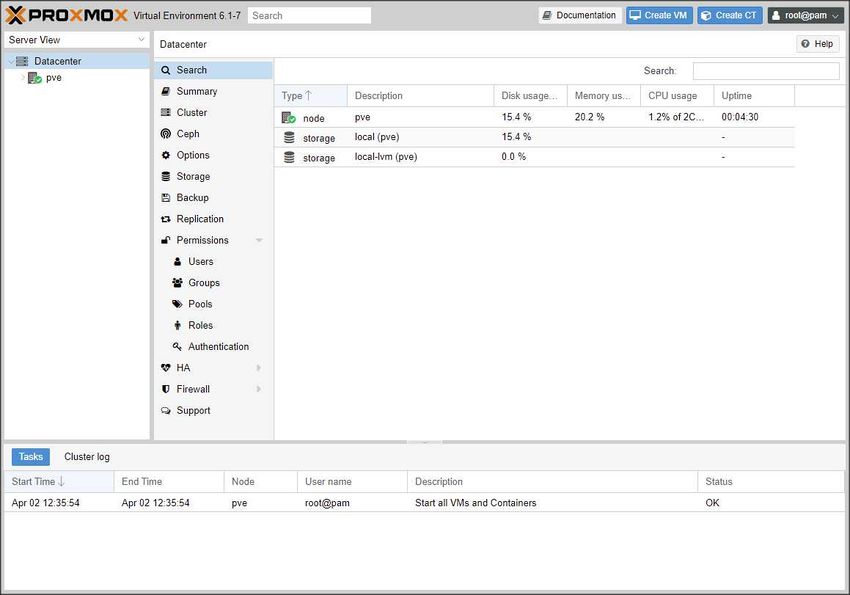
Enter name details of new VM
Select CD/DVD image file to use as install source
VM System, safe to accept defaults
Hard disk details, type/size - min of 10gb will suffice for a SME10 install
CPU depending on hardware the more the better - 1 Socket 2 cores sufficent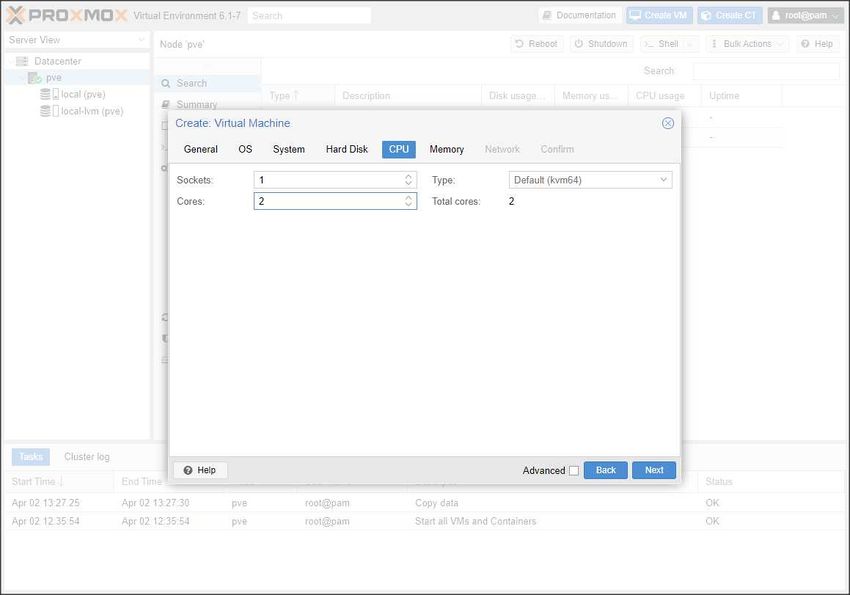
Memory - minimum for sme10, 1024mb will operate sluggishly, 2048mb preferred minimum, 4096mb ideal
Network setting defaults are safe to use
Summary of settings
Additional Hardware, Add extra hardware, change hardware settings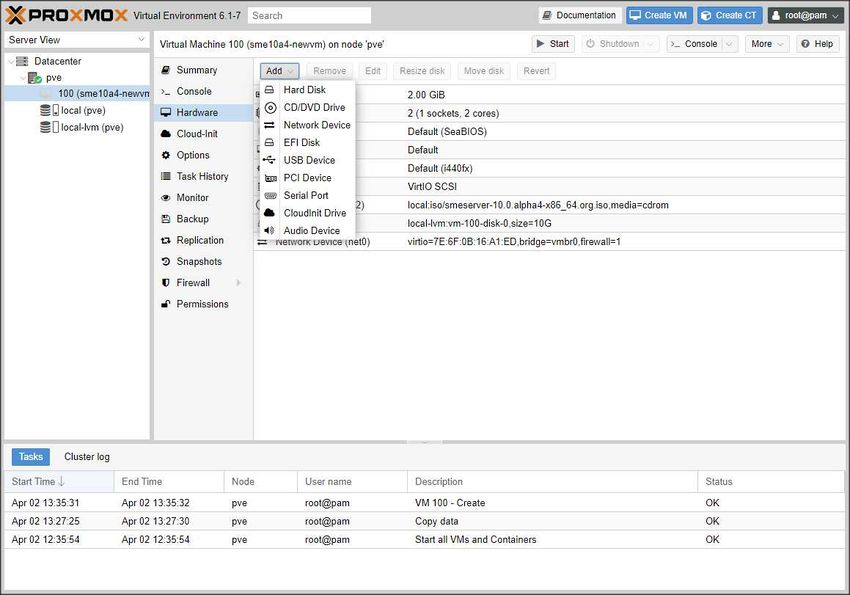
Select console and push start button, install will begin, interact as normal
A standalone terminal window can be seletced by selecting from top right menu - console- no vnc
